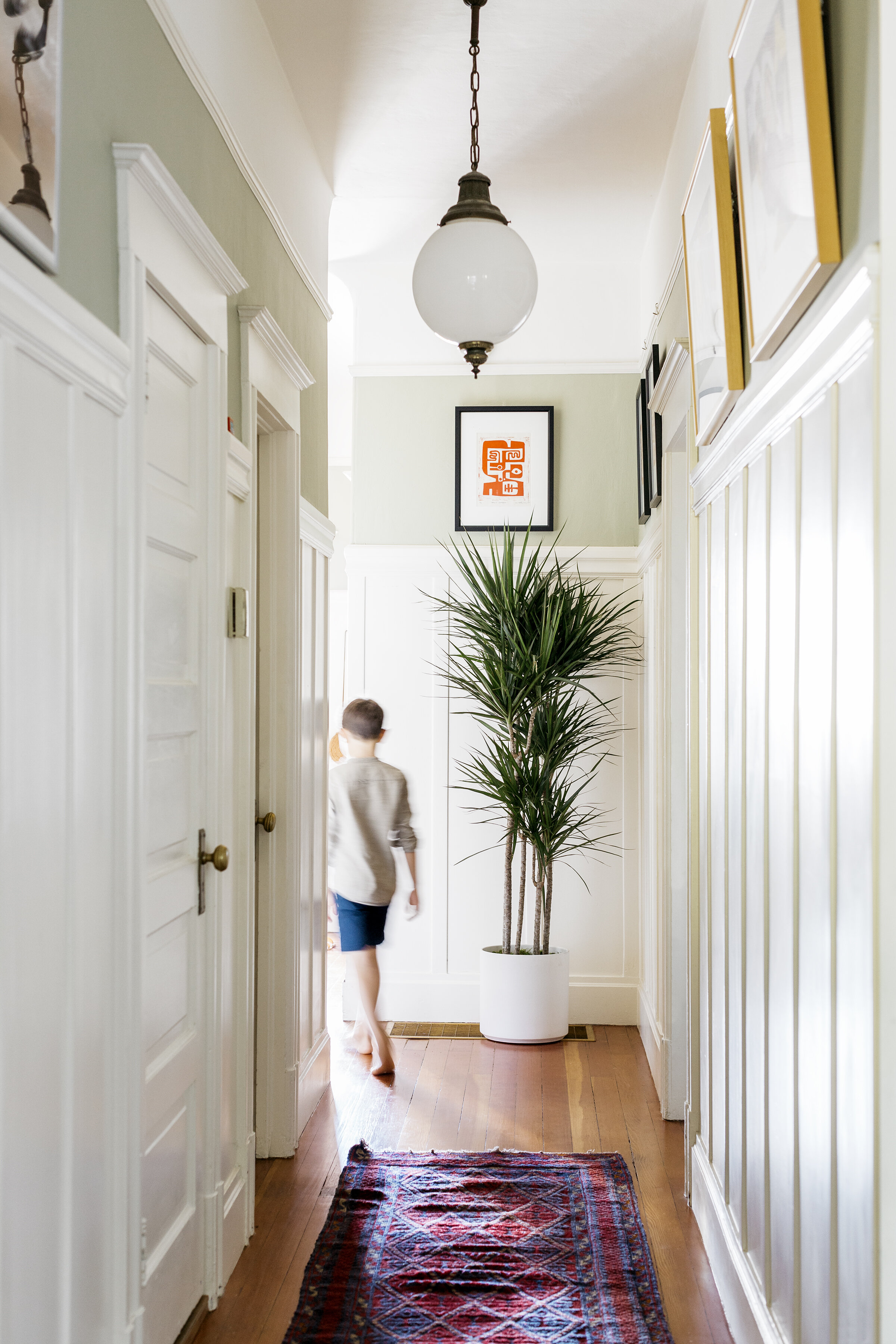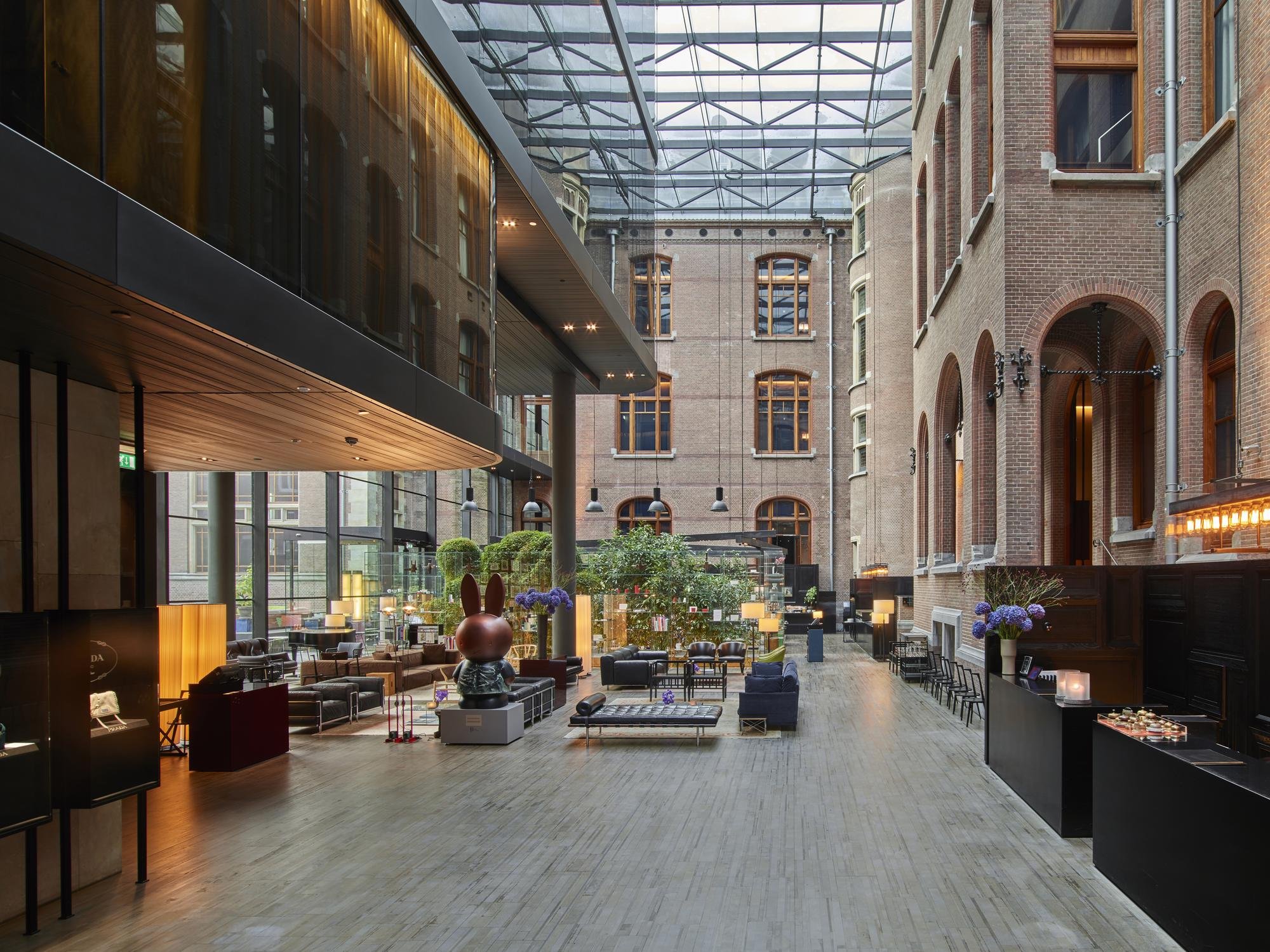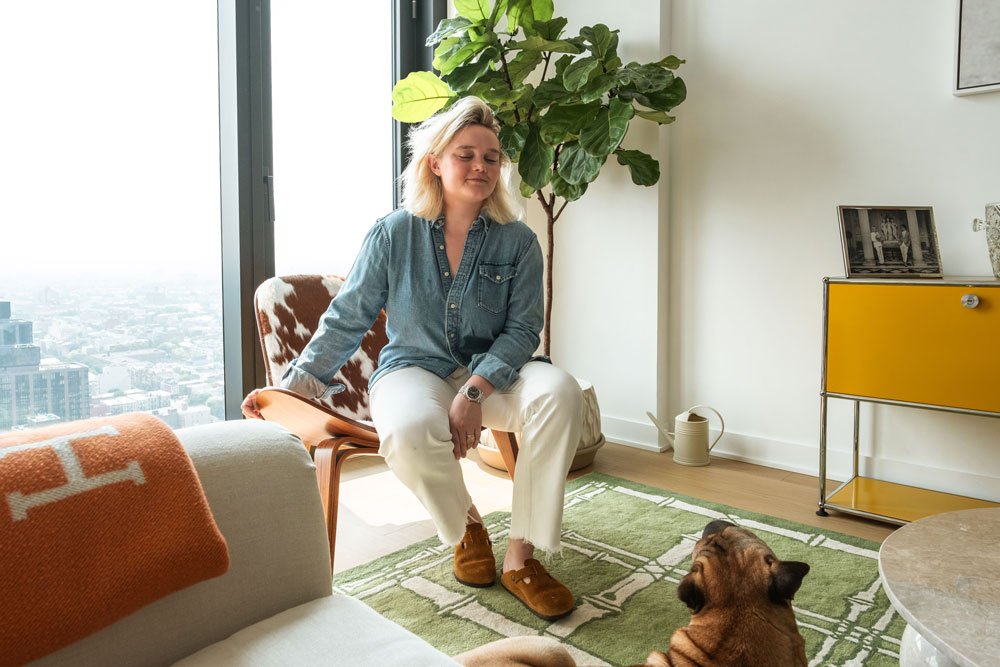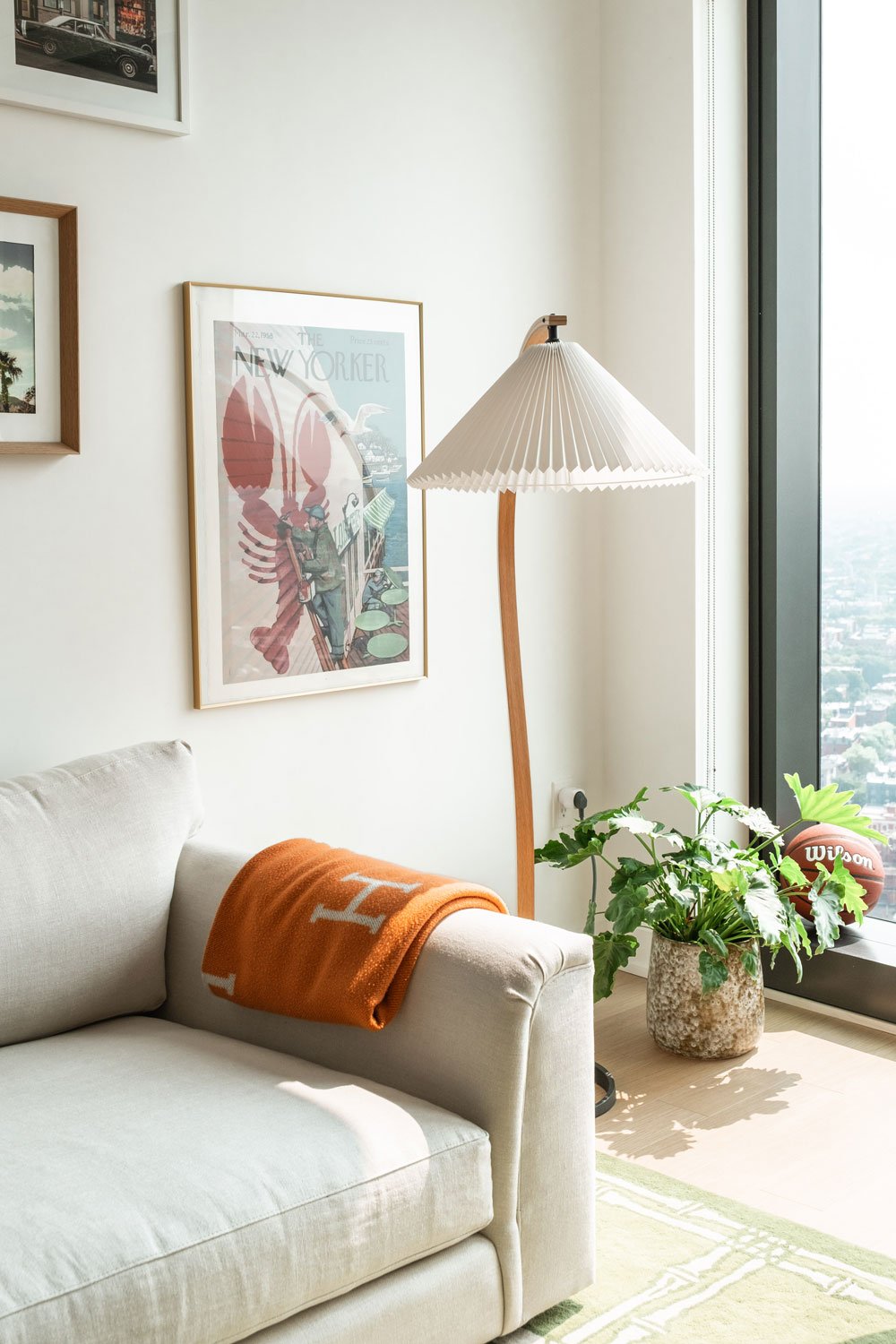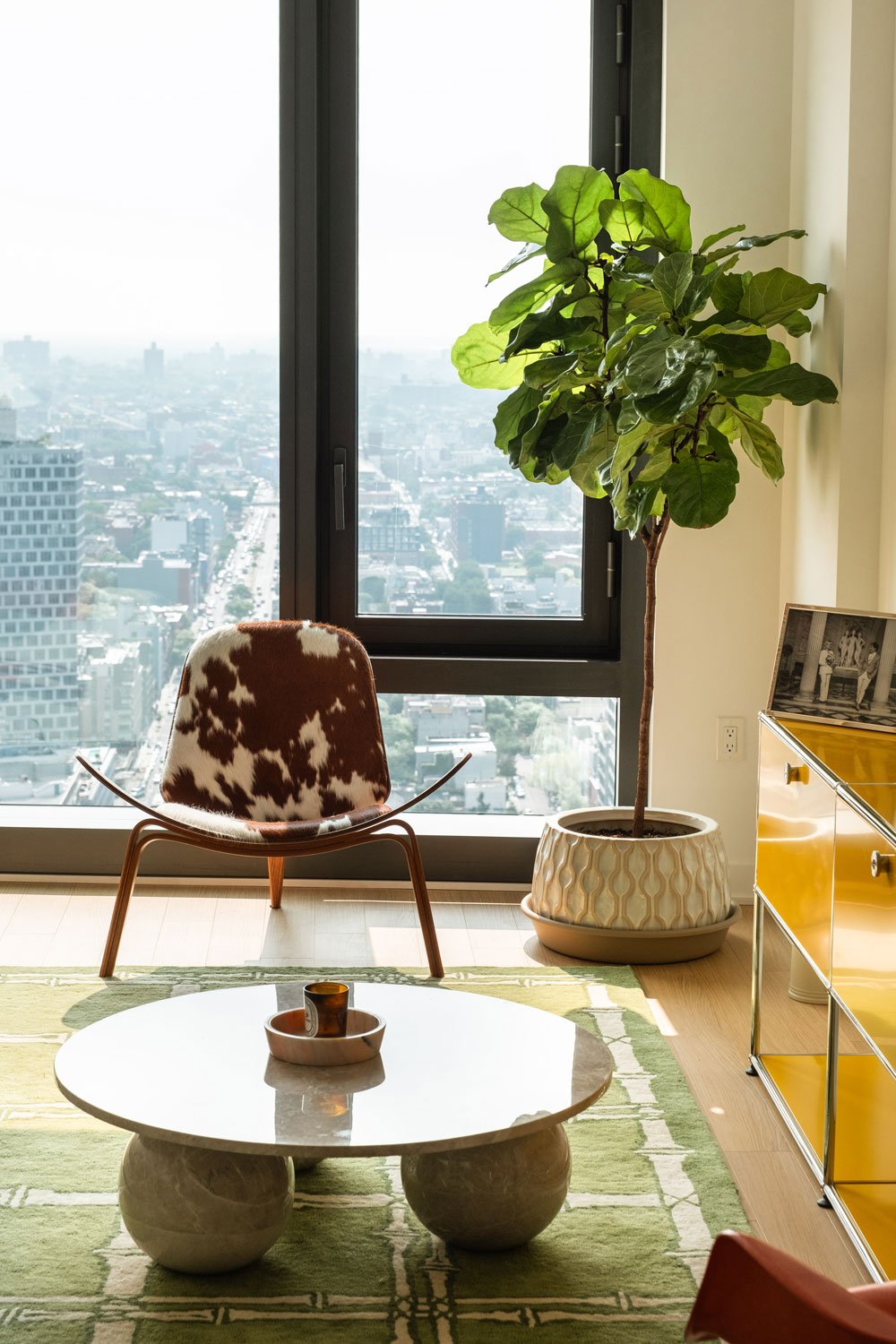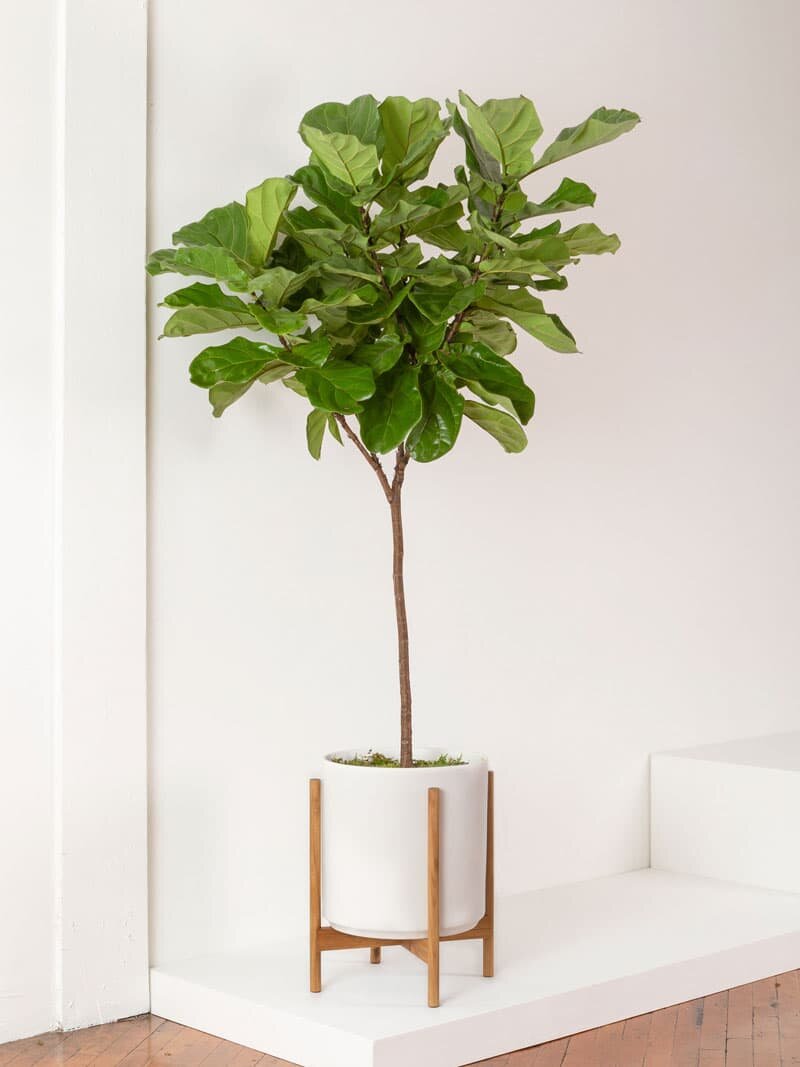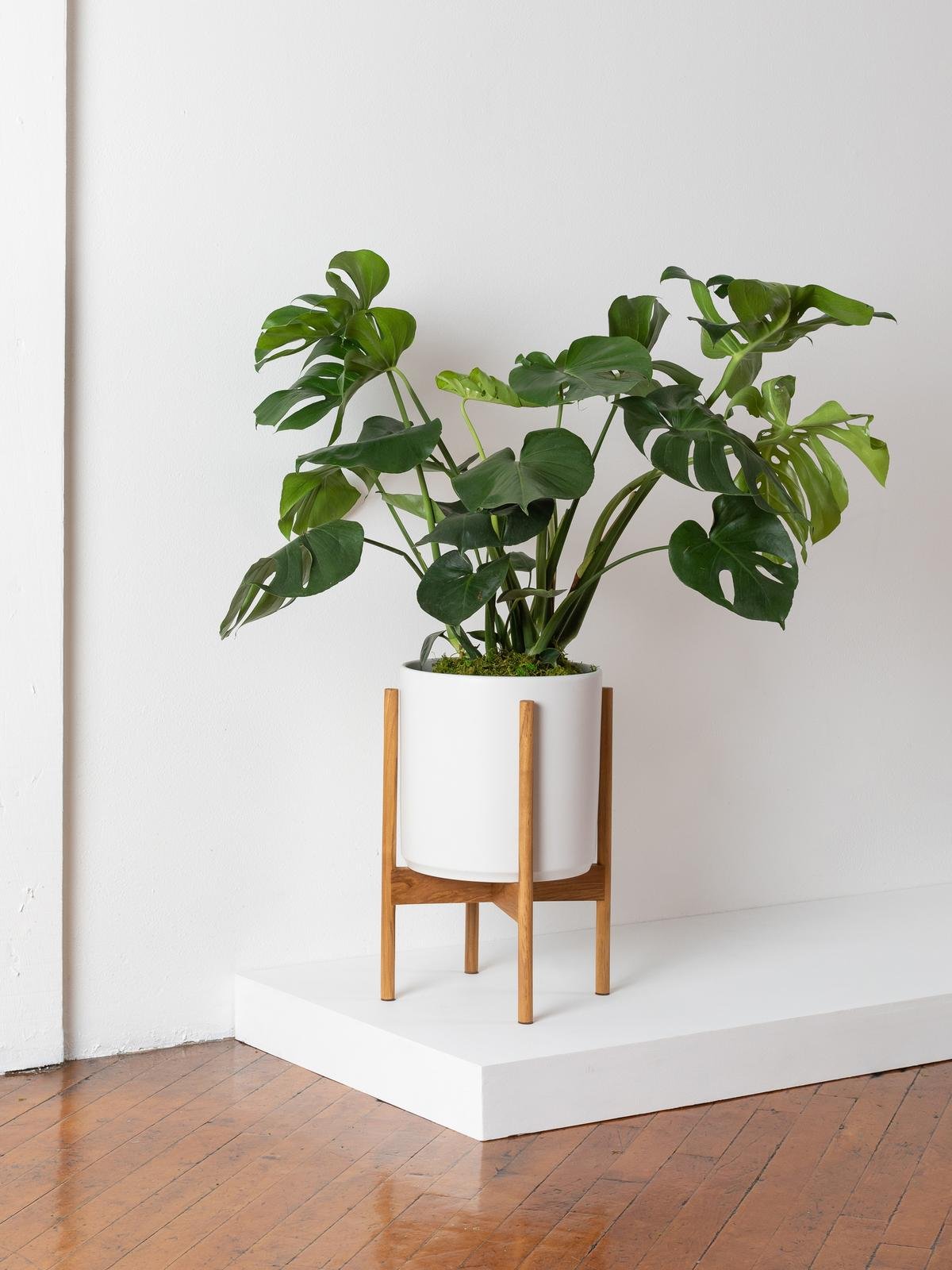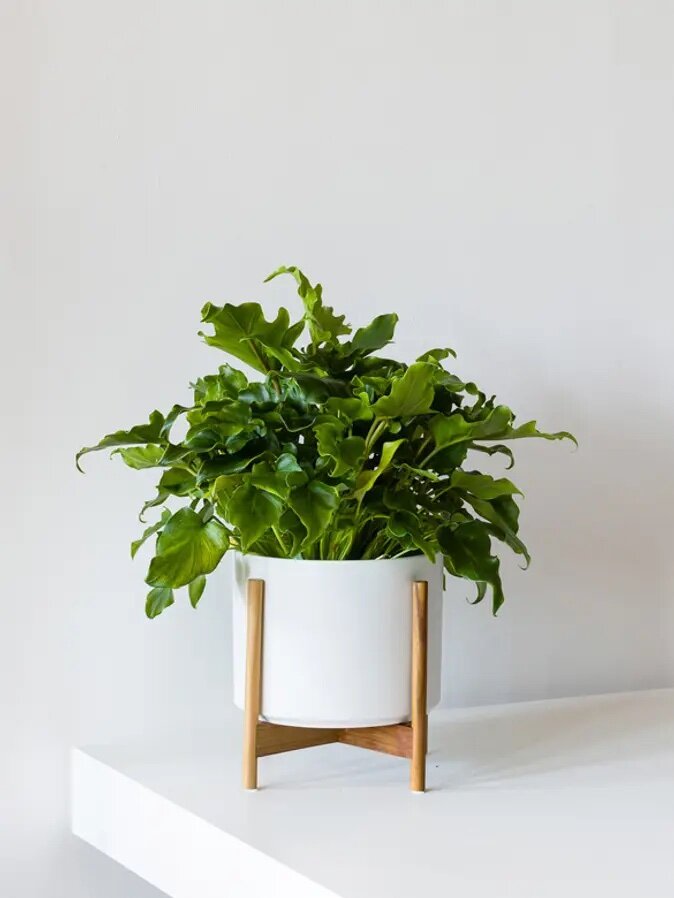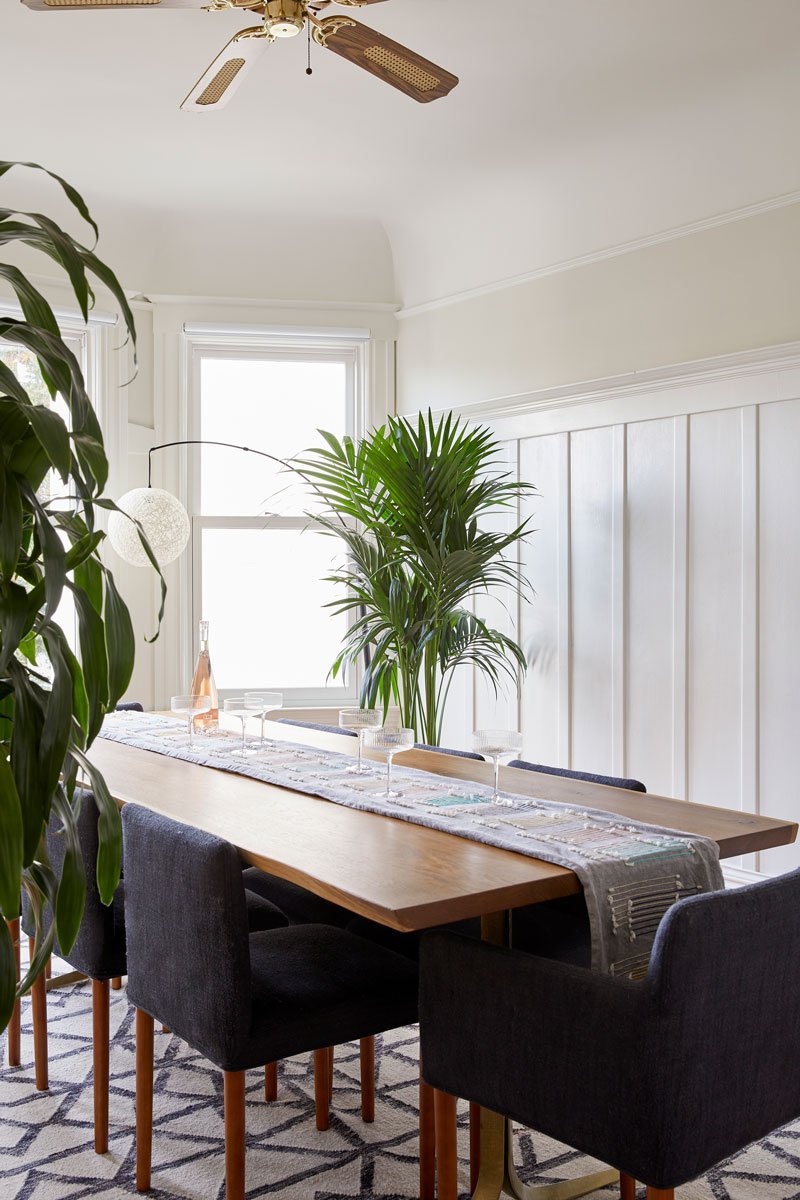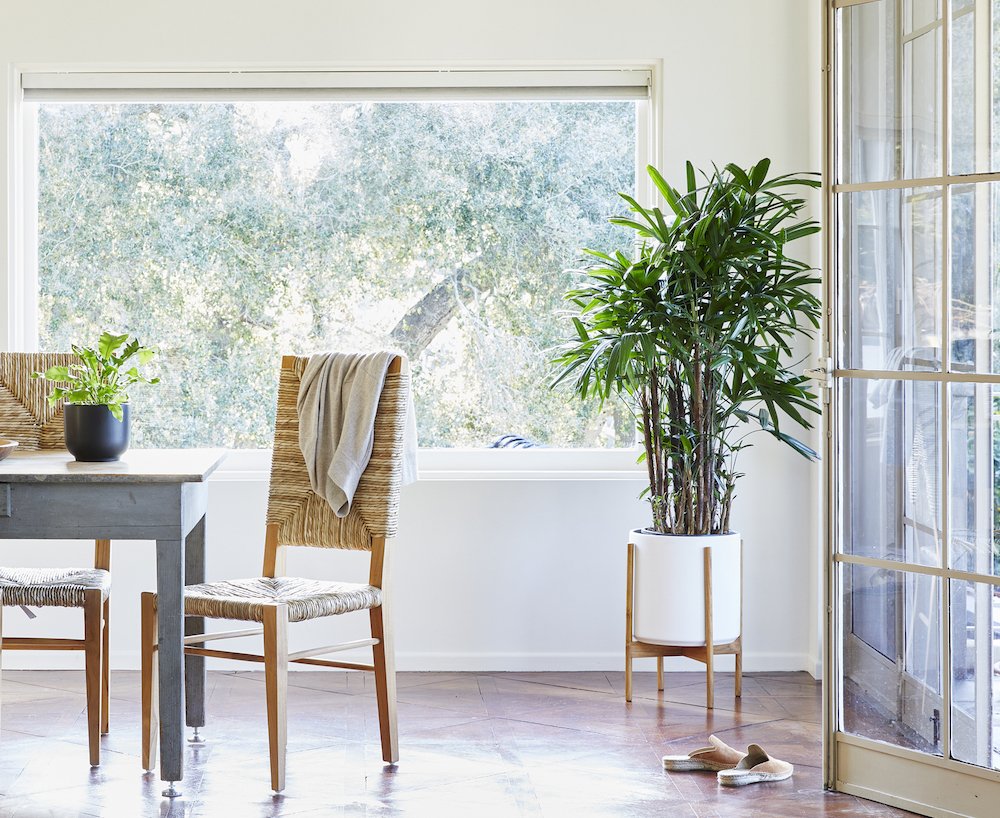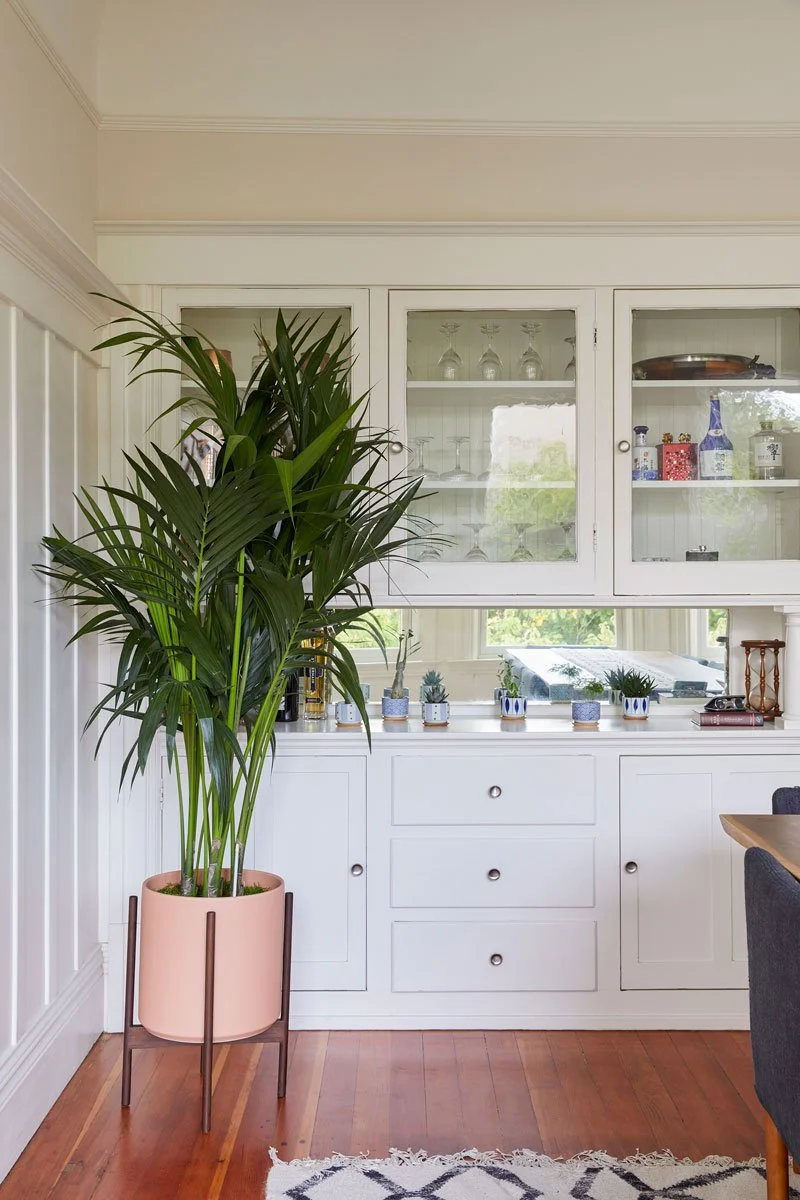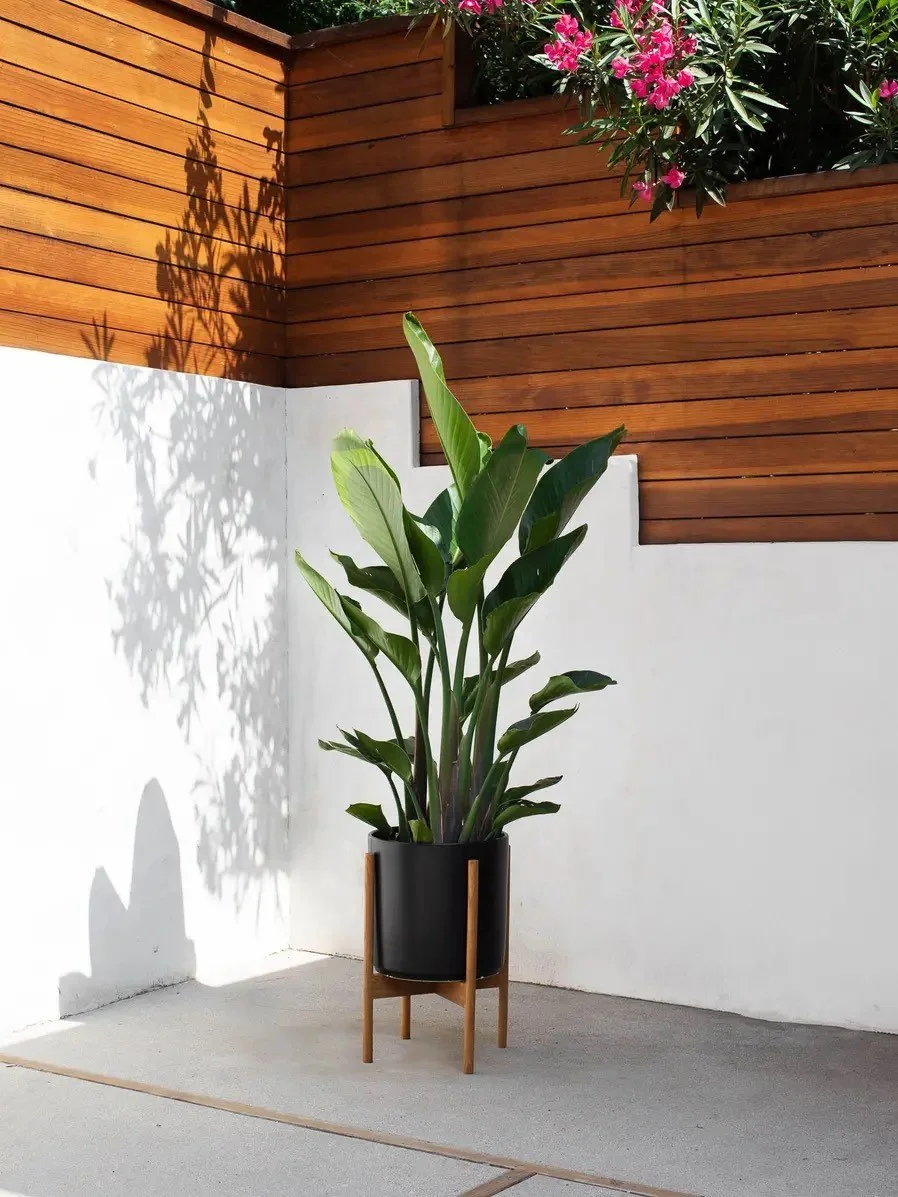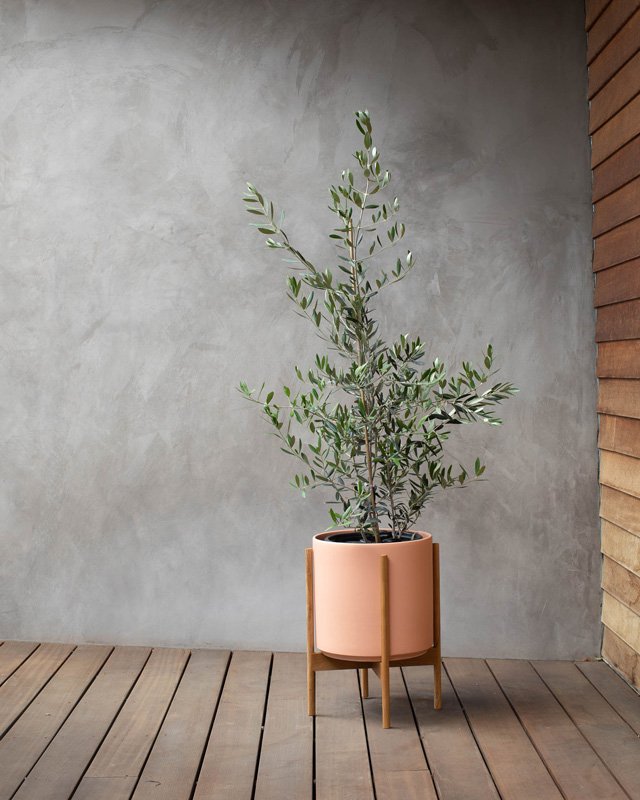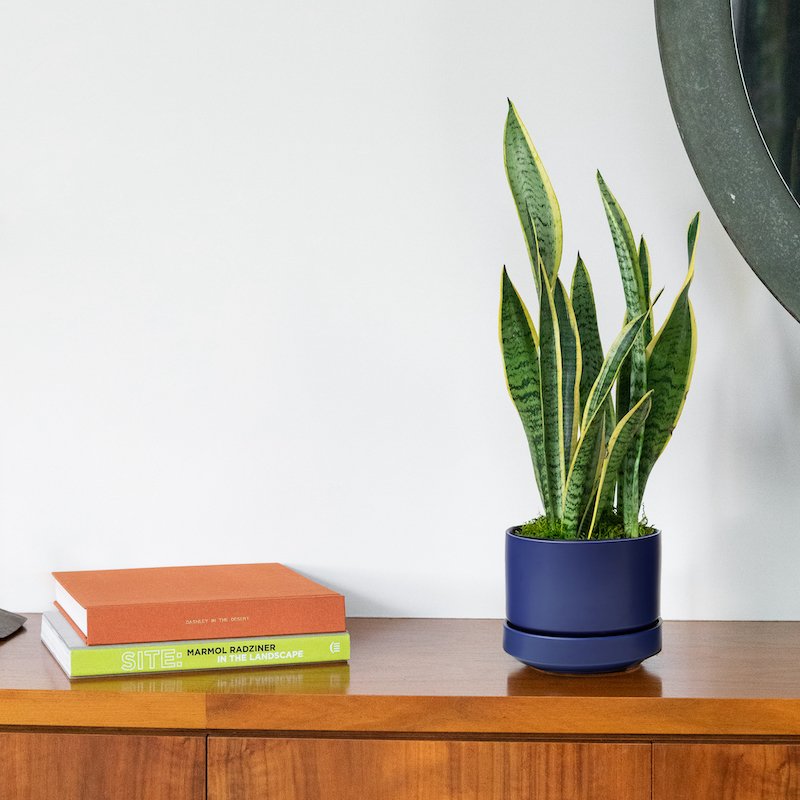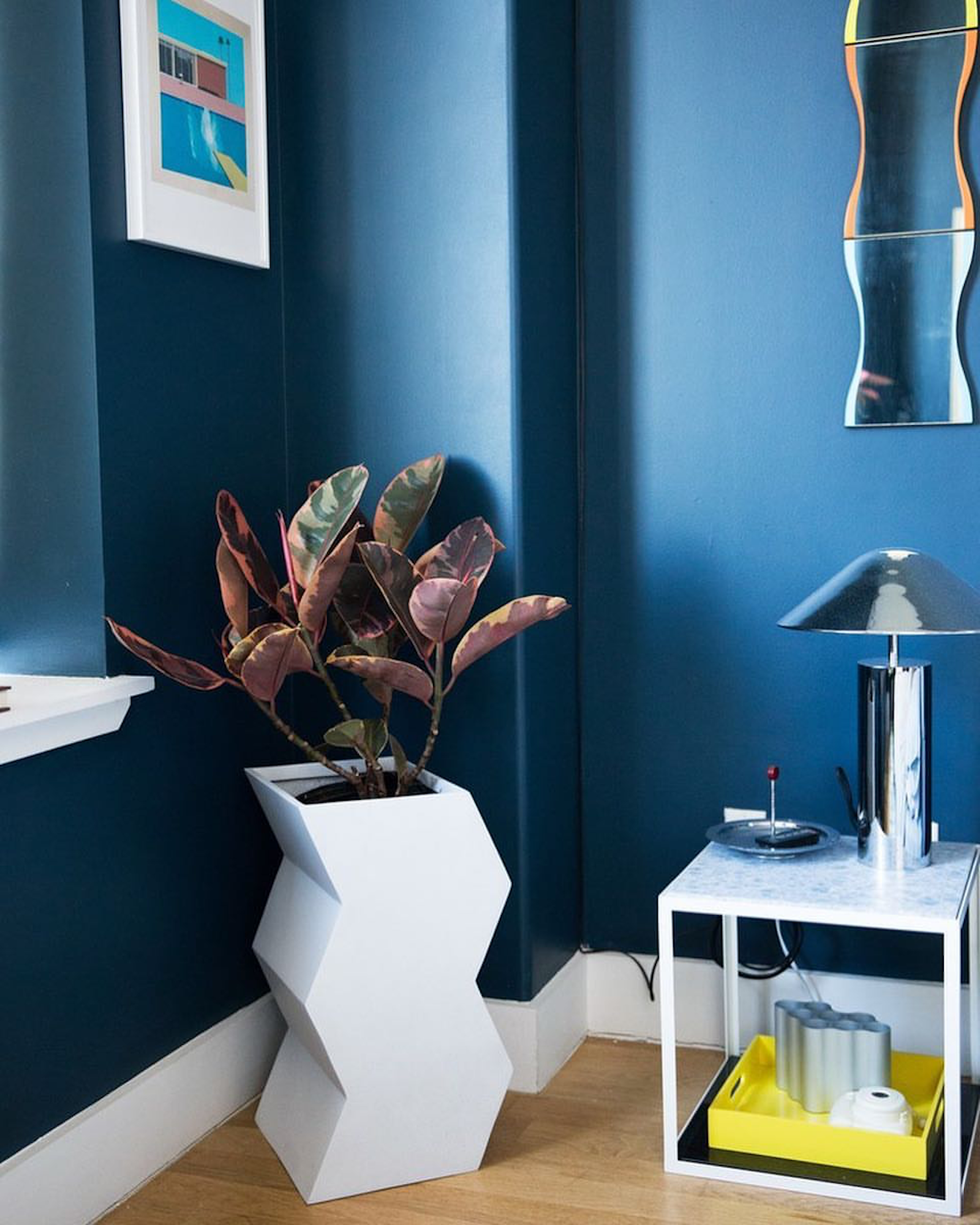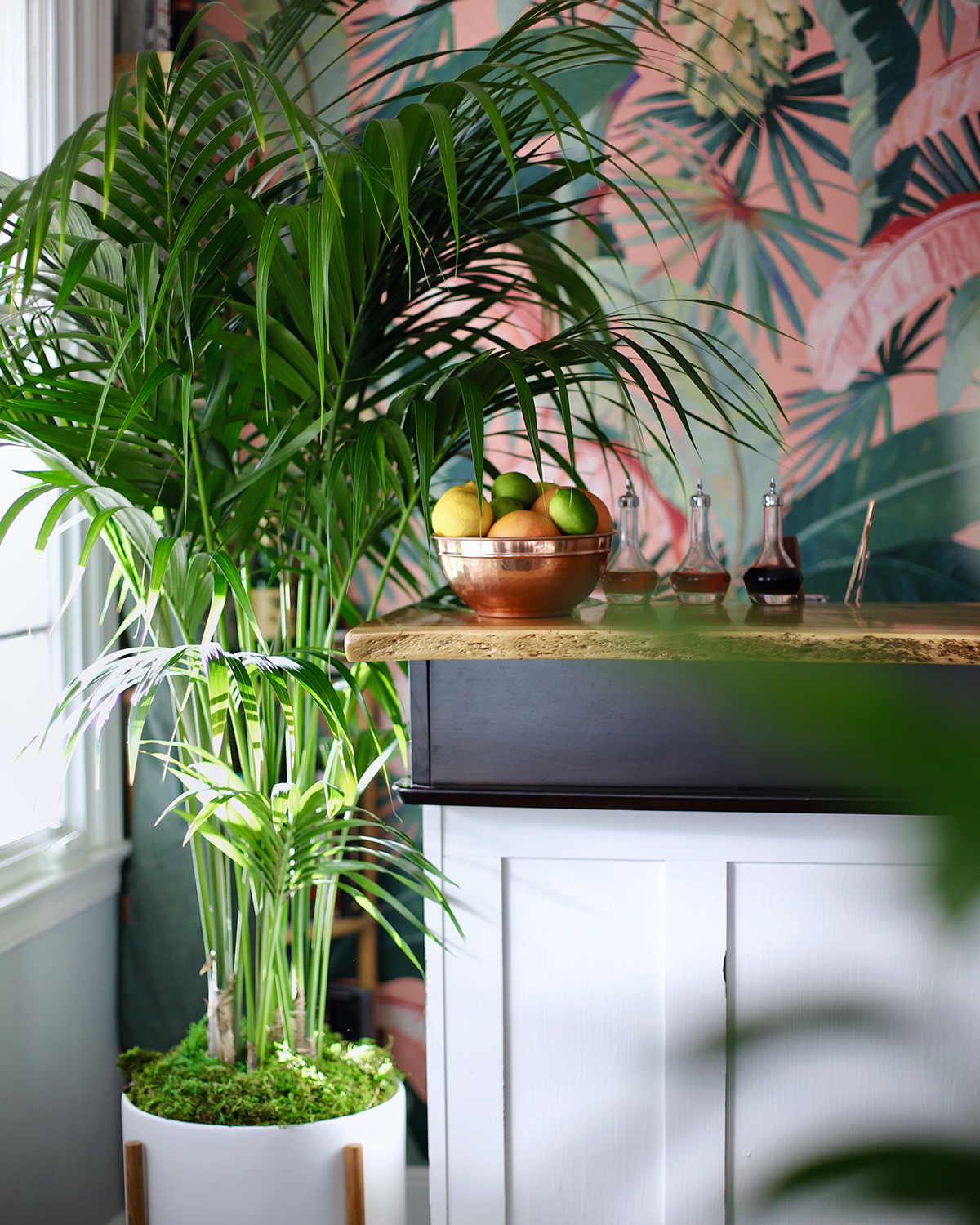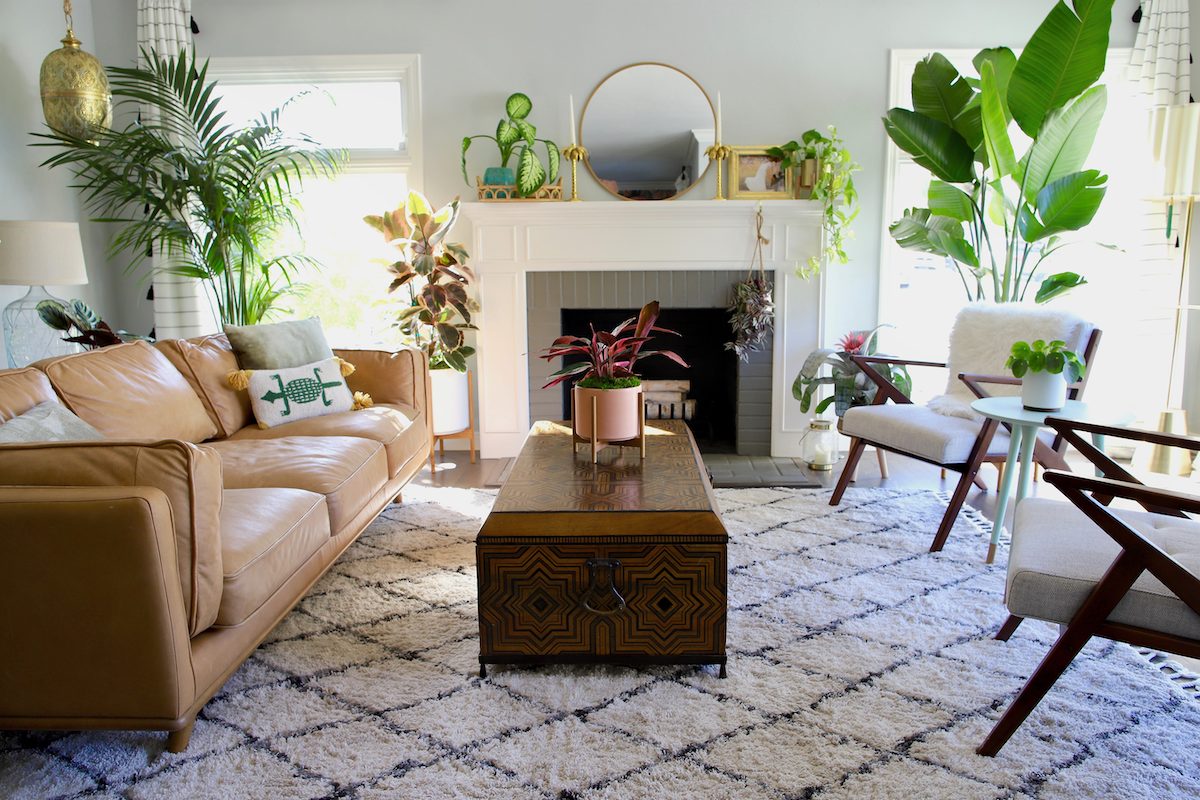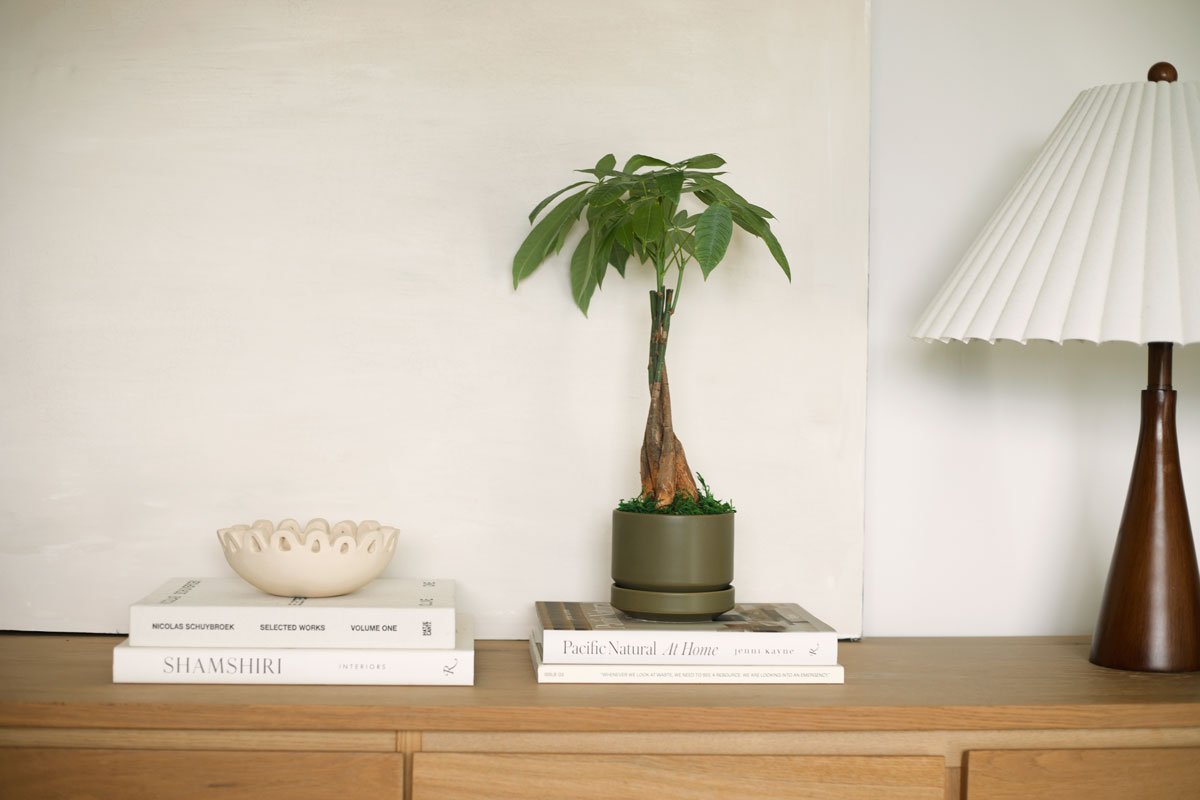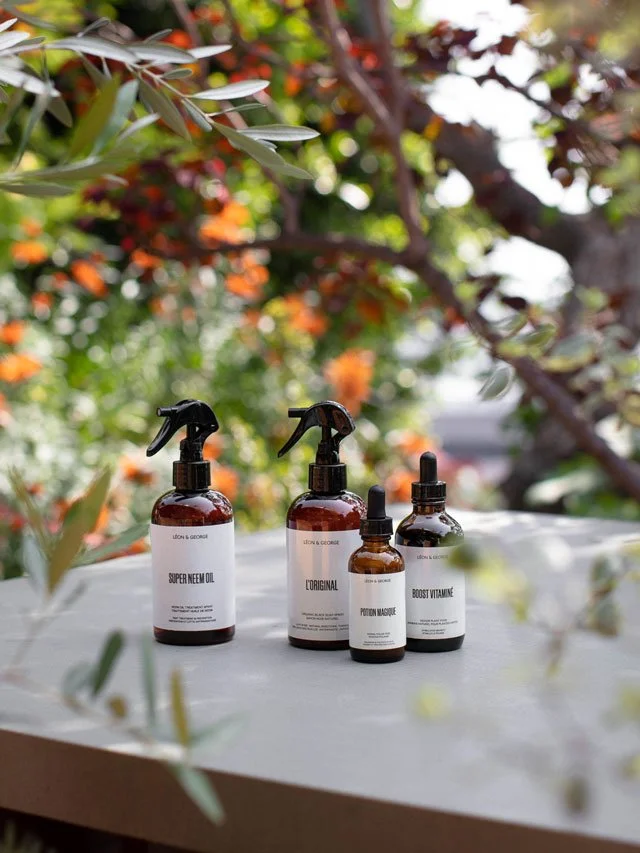Bio·phil·ia /ˌbī-ō-ˈfi-lē-ə /-ˈfēl-yə : a desire or tendency to commune with nature
Explore the wonders of nature with us in our Léon & George Travels series as we delve into captivating biophilic experiences across the globe.
Nestled amidst the coastal beauty of Santa Barbara, California lies a hidden gem that's nothing short of a horticultural wonderland. Lotusland, a lush and captivating garden estate, beckons plant enthusiasts from around the world to immerse themselves in a verdant, one-of-a-kind oasis of greenery. Whether you have a passion for plants or simply enjoy walking in nature, then Lotusland should be at the top of your must-visit list in Southern California. Check out what’s so special about Lotusland and discover some of your favorite common houseplants—and not so common plants—thriving in the wild!
A Little History behind lotusland
Once the private estate of the eccentric and visionary opera singer Madame Ganna Walska, the enchanting Lotusland located in Montecito, California has evolved into a horticultural masterpiece. Over several decades, Madame Walska's passion for gardening and her fascination with rare and exotic plants led to the creation of the lush, botanical paradise we know today. Her influence on Lotusland's design, along with collaborations with renowned landscape architects, has left an enduring legacy. From its origins as an artistic retreat to its current role as a hub for plant conservation and education, Lotusland's history is a testament to the enduring power of nature and human creativity. Read more about Ganna Walska and her creation of Lotusland here.
Rare & exotic flora at lotusland
Lotusland boasts a jaw-dropping collection of rare and exotic plants, many of which you may have only seen in books or on the screens of your favorite gardening shows. Think enormous variegated Monsteras, one of the largest collections of Cycads (plants dating back to the Jurassic Period!) in the country, and more. The garden's diverse array of species includes cacti, succulents, tropicals, cycads, and palms, all beautifully arranged across its 37 acres.
Garden Inspiration
For houseplant and/or horticulture enthusiasts, Lotusland offers a variety of educational opportunities in garden design, sustibility, conservation and more. Simply visiting Lotusland is an educational experience in and of itself: the gardens are thoughtfully curated, showcasing different plant habitats and microclimates. The estate's mission is to advance our understanding and appreciation of the importance of plants in our lives and in the life of the planet is one we can certainly get behind! By visiting Lotusland, you're not only indulging your love for houseplants but also contributing to the preservation of our planet's botanical treasures.
Common Houseplants, Growing Wild at Lotusland
One of the most fascinating aspects of Lotusland is the opportunity to see common houseplants thriving in their natural habitat. While we often enjoy these plants neatly planted in pots in our homes, it's a whole different experience to witness them flourishing outdoors. Here are some common houseplants you might encounter at Lotusland:
Bird of Paradise (Strelitzia reginae)
The striking Bird of Paradise plant, with its large banana-like leaves and vibrant orange flowers, hails from South Africa. In Lotusland's tropical garden, you can observe these beauties reaching for the sky in a lush, verdant setting.
Ferns (Various species)
Lotusland's fern garden is a testament to the diverse range of fern species that can thrive outdoors. Ferns, often beloved as houseplants for their air-purifying qualities, appear in various shapes, sizes, and shades of green here, like the Bird’s Nest Fern, or enormous aerial Staghorn Ferns.
Euphorbia (Various species)
Euphorbias are succulent houseplants appreciated for their unique forms and resilience. In Lotusland's arid garden, you'll encounter various Euphorbia species, including the impressive Euphorbia Ingens, commonly known as the "Candelabra Tree” or Jade Cactus, or the Euphorbia Ammak, also known as our popular Desert Cactus!
Monstera deliciosa
The Monstera Deliciosa, known for its iconic Swiss cheese-like leaves, is a favorite among indoor plant enthusiasts. In Lotusland, you'll have the chance to see these captivating plants in towering, enormous sizes, climbing and spreading their lush, fenestrated foliage in an environment that mimics their tropical native habitat.
Visit Lotusland
If you find yourself in the beautiful coastal gem of Santa Barbara, don’t think twice about making a visit to Lotusland!
Ganna Walska Lotusland
Cold Spring Rd, Montecito, CA 93108
Photo credit: Visit Santa Barbara
The California Jewel Collection
Discover fresh new greenery that celebrates the wonder and warmth of California's quintessential second summer.




